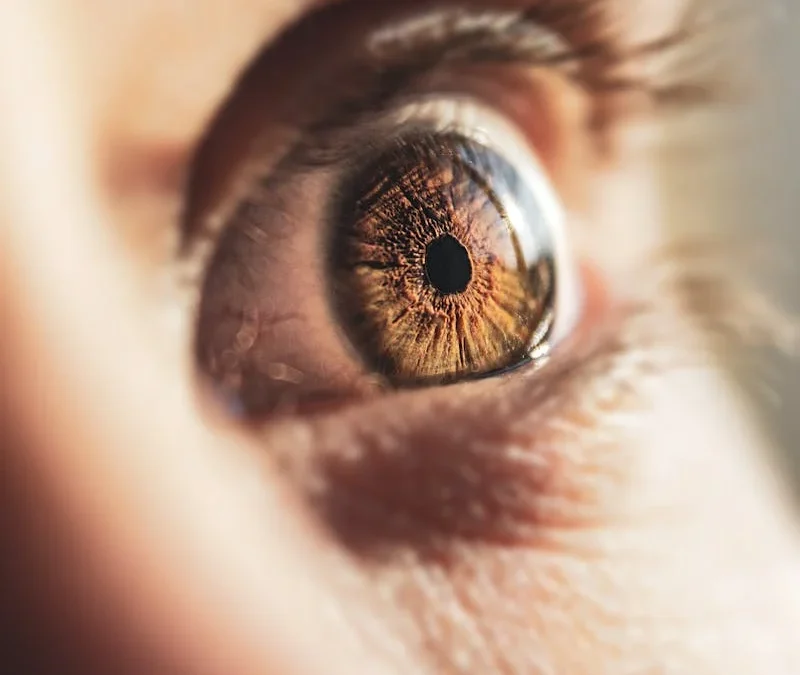The study discussed in the article focuses on the prevalence and risk factors associated with retinal toxicity in patients using hydroxychloroquine (HCQ) for over five years, primarily for autoimmune diseases. This medication is generally safe but has been linked to an increased risk of retinopathy, particularly after long-term use. The researchers utilized Optical Coherence Tomography (OCT), a key tool in screening for this condition, to assess the retinal health of patients in two medical centers in Southern California.
The retrospective analysis covered adults who had been on HCQ for more than five years between 2011 and 2018. Patients with pre-existing retinopathy, deceased patients, or those with incomplete OCT results were excluded. The main finding from this study was that 6.8% of the 676 patients analyzed developed retinal toxicity. The risk of developing this condition varied and was influenced by factors such as the duration of therapy, daily dosage in relation to body weight, total cumulative dose, and individual health conditions like atherosclerosis.
Specifically, the risk of retinopathy was significantly higher in patients who had been treated with HCQ for more than 10 years, those who received a daily dose greater than 7 mg/kg, or had taken a cumulative dose of more than 1500 grams. For example, the likelihood of developing retinopathy was about 5 to 19 times higher for those on the drug for over a decade and 7.4 times higher for those who had taken more than 1500 grams cumulatively.
The study underscores the importance of regular OCT screenings for patients on long-term HCQ treatment, especially those who meet the high-risk criteria based on duration of use, dosage, and cumulative exposure. These findings highlight the critical balance between managing autoimmune diseases and monitoring potential adverse effects from long-term medication use.

